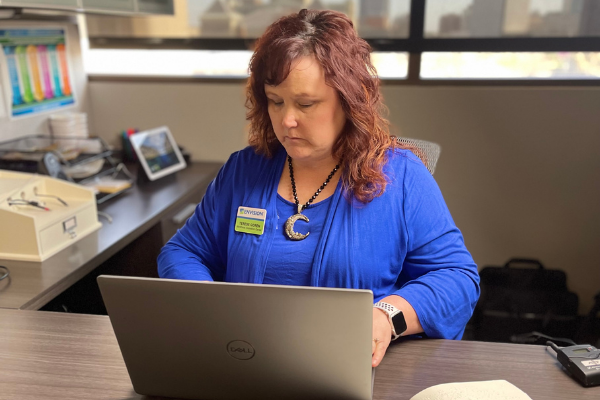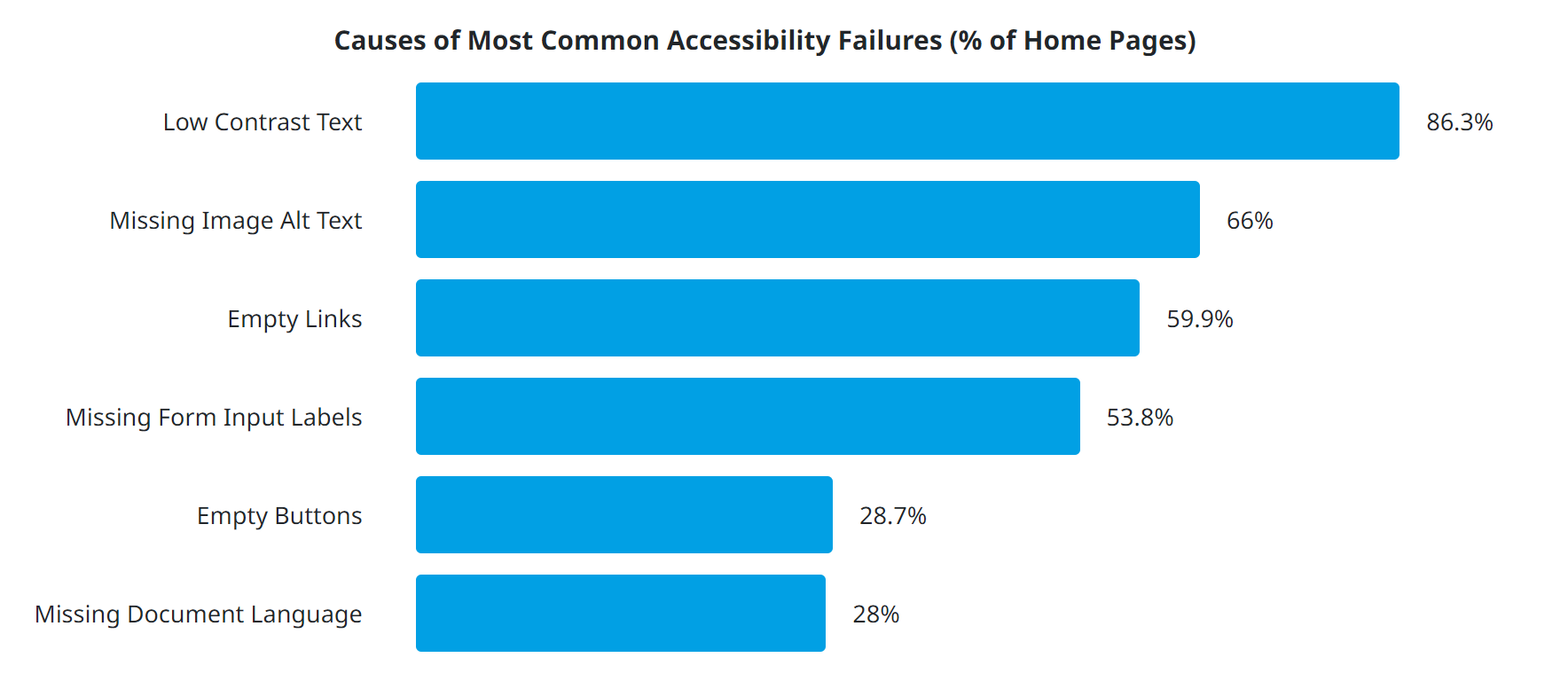Global Accessibility Awareness Day: Why Accessibility Widgets Aren’t Enough
By Holly Herring, Katie Link and Terese Goren • May 18, 2022

Blog Content
Accessibility is something that we talk about every day at Envision. Whether it be improving digital accessibility within websites, social media posts, PDFs, etc. to make sure someone who is visually impaired can still have an exceptional experience or creating a work environment where all individuals have equal access to opportunities – accessibility best practices are essential to ensure inclusivity for a diverse audience. At Envision, we celebrate our diverse workforce and strive to teach others how to accomplish comparable results.
Thursday, May 19, 2022, marks the 11th Global Accessibility Awareness Day (GAAD). The purpose of GAAD is to get everyone talking, thinking and learning about digital access/inclusion and people with different disabilities. We hope you join the conversation.
What is Digital Accessibility?
People who are blind or visually impaired and/or have a disability, DO consume and utilize the internet, social media and other forms of digital media. People with disabilities must be able to experience the digital ecosystem with the same successful outcome as those without disabilities.
Plus, it is required to make websites accessible to all based on the Web Content Accessibility Guidelines (WCAG). WCAG compliance is a part of a series of web accessibility guidelines published by the Web Accessibility Initiative of the World Wide Web Consortium.
State of Accessibility
In 2020, WebAIM analyzed one million home pages for accessibility issues and found the following:
- 98.1% – Home pages With At Least One WCAG 2.0 Failure
- 60.9 – Average Number of Errors Per Home Page
.png)
Source: The GAAD Foundation, https://accessibility.day/
Common Misconceptions About Accessibility Solutions
- Running an automated scan will tell you everything that is wrong with a website to meet WCAG guidelines
- Fixing all errors from an automated scan will make your website compliant
- You must be 100% compliant
- Accessibility is a one-time solution
- Your website will become ugly if you make is accessible
- Overlays will make my website accessible
Why Widgets and Overlays Do not Work
- Interferes or limit user’s existing assistive technologies (i.e., screen readers)
- Fails to provide equal experience
- Only relies on automation and not human interaction
- Cannot guarantee WCAG compliance
- Cannot protect against lawsuits
There are many third-party free tools like widgets and overlays available to test a website for accessibility. While they can be helpful, those automated tools typically only find 25% – 40% of the accessibility errors. Having a real person with a disability manually check your website for accessibility and ease of use can go a long way to help make it more inclusive. It can also improve search engine optimization (SEO).
Accessibility widgets are exceedingly popular right now and have appealing marketing slogans as the easiest solution available. While the widget developers may have good intentions, their product will not improve the website accessibility. The tools built into the widget (contrast adjustment, keyboard navigation, follow focus, etc.) will only improve a small portion of the webpage.
How to Improve Digital Accessibility
Taking the time to understand the WCAG guidelines and making the changes to your website are not as difficult as one might think. It could be something as simple as adjusting the color or adding alt text to a photo. Having your website manual evaluated can help identify these needed changes.
It is important to prioritize digital inclusion for many reasons including to be more inclusive, reach more customers, help with SEO, minimize legal risks, hire people with disabilities to help fill labor gap and more.
Envision’s Workforce Innovation Center (WIC) can help with your digital and workplace accessibility needs. The solutions are simpler and more achievable than you think. The certified accessibility experts at WIC are real people who are blind or visually impaired and can expertly guide you through the process.